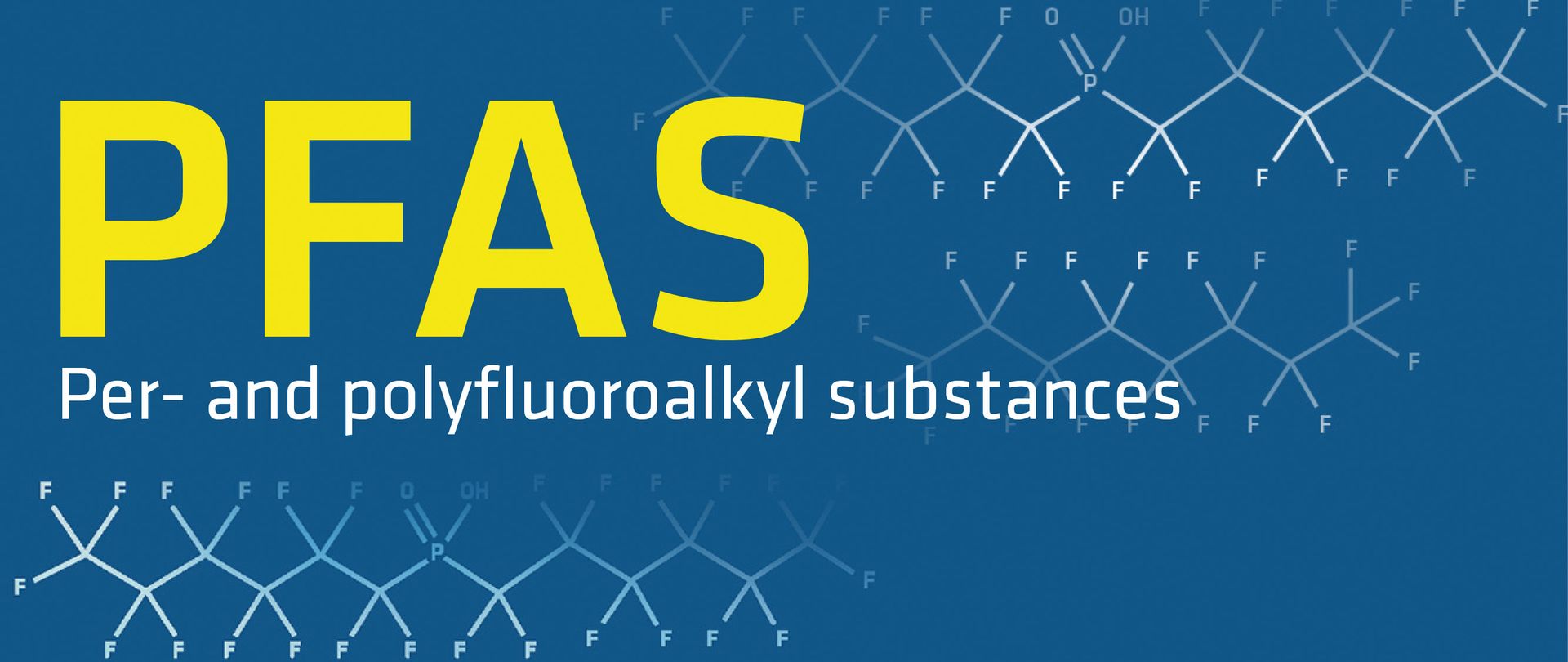Ladies, have you ever wondered what’s really in the feminine hygiene products we use every month? Well, it turns out that there may be a hidden danger lurking in our trusted pads. Recent investigations have raised concerns about the presence of toxic PFAS chemicals in popular tampons and pads. Yes, you heard that right – those everyday essentials we rely on may contain harmful substances that could potentially impact our health.
The concerning part is that current labels do not indicate whether a specific period product contains PFAS. This means that we have no way of knowing which products are potentially harmful. The lack of transparency raises important questions about the safety of the feminine hygiene products we rely on. In this article, we’ll go deeper into the issue, explore the potential risks, and discuss what steps can be taken to ensure our well-being. It’s time to shed light on the truth behind PFAS in pads and empower ourselves with knowledge.

Contents
Do Pads Have PFAS?
PFAS, or “forever chemicals,” have been found in some pads and other menstrual products. These man-made chemicals are persistent in the environment and human body, raising concerns about their potential health risks.
A 2023 study by the Environmental Working Group (EWG) found PFAS in 48% of sanitary pads, 22% of tampons, and 65% of period underwear tested. While the specific PFAS chemicals were not identified, the presence of fluorine, an indicator of PFAS, suggests that some pads may contain these chemicals unintentionally.
Exposure to PFAS has been linked to various health risks, including cancer, hormone disruption, immune system problems, and developmental issues in children. While the long-term effects of PFAS exposure are still under investigation, these findings highlight the importance of choosing PFAS-free menstrual products.
Are PFAS Used in Pad Manufacturing?

When it comes to pads, there has been growing concern about the presence of PFAS chemicals. So, are PFAS really used in pad manufacturing? Let’s explore.
Potential Reasons for PFAS Use in Pads
While pad manufacturers do not openly disclose the use of PFAS in their products, there are a few potential reasons why these chemicals could be present:
- Waterproofing: PFAS are hydrophobic, meaning they repel water. Manufacturers might add these chemicals to make pads waterproof, preventing them from absorbing moisture.
- Absorbency: PFAS can enhance the absorbency of materials. Some manufacturers may use them to improve the effectiveness of pads, ensuring they can handle heavy flow.
- Stain resistance: PFAS can also make materials more stain-resistant. This may be a desirable feature for manufacturers aiming to create pads that stay visually clean and fresh.
Lack of Regulation and Transparency
One of the main challenges in understanding the presence of PFAS in pads is the Lack of Regulation and Transparency in the industry. Here’s what you need to know:
- Labeling: Since menstrual products are classified as medical devices in the US, manufacturers are not required to disclose full ingredient lists on their labels. This makes it difficult for consumers to know if the pads they use contain PFAS or other potentially harmful chemicals.
- Selective testing: In some cases, companies may conduct selective testing that does not cover the presence of PFAS. This lack of comprehensive testing can further obscure the presence of these chemicals in pads.
- Limited information: Some manufacturers themselves may not be fully aware if PFAS are used in their manufacturing process. This could be because the chemicals are present in the raw materials they purchase from suppliers.
The Dangers of PFAS in Pads

Health Risks Associated with PFAS Exposure
PFAS, or per- and polyfluoroalkyl substances, have been found in certain pads, raising concerns about potential health risks. Exposure to PFAS through pads, tampons, cups, and underwear may have harmful effects on the user. These chemicals can be absorbed through inhalation, ingestion, and skin exposure. When contaminated pads come in contact with the vaginal tract, there is a risk of additional harm as PFAS may be absorbed through the mucous membranes.
PFAS are classified as “forever chemicals” due to their long-lasting nature. They are slow to break down and persist in the environment, accumulating in the body over time. Exposure to PFAS has been linked to various health problems including cancer, liver and kidney damage, cardiovascular disease, obesity, diabetes, immune system dysfunction, and decreased infant and fetal growth.
Environmental Impact of PFAS
The dangers of PFAS extend beyond the individual wearer of menstrual pads. These chemicals pose a significant environmental concern, as they are known as “forever chemicals” due to their resistance to breaking down. When pads and other period products containing PFAS are disposed of in landfills, they can release PFAS into groundwater as they decay.
The ecological impact of PFAS is a growing concern, as even low concentrations of these chemicals have been associated with adverse health effects in humans, including several types of cancer, hypertension, ulcerative colitis, and thyroid disease.
How to Avoid Pads with PFAS?
Here are some tips for avoiding PFAS:
- Look for organic cotton pads.
- Choose brands known for their commitment to PFAS-free materials
- Consider reusable menstrual products such as menstrual cups and period underwear, are a great way to avoid PFAS exposure altogether.
- Avoid products that are labeled as “water-resistant” or “stain-resistant.”
- Wash your hands thoroughly after handling pads or other menstrual products.
- Avoid using products that contain fragrance or other unnecessary ingredients.
- Store your menstrual products in a cool, dry place.
By prioritizing organic and natural options, you can reduce the likelihood of coming into contact with PFAS while still maintaining the effectiveness and convenience of using pads.
Frequently Asked Questions
What are PFAS chemicals and why should I avoid them in pads?
PFAS chemicals, also known as per- and polyfluoroalkyl substances, are persistent chemicals that can be harmful to human health and the environment. It is recommended to avoid them in pads as they have been linked to various health concerns.
How can I know if a pad contains PFAS chemicals?
Full ingredient disclosure is not required for most menstrual and incontinence products. To determine if a pad contains PFAS chemicals, it is best to contact the manufacturer directly and inquire about their products’ transparency and use of PFAS.
I am a medical student with experience and interest in Women’s health and well-being.